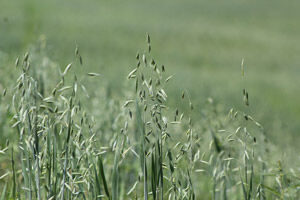Fertilizing pasture and hay ground
Any farmer worth their salt knows the importance of fertilizing a crop for optimal production. Often, this common knowledge stops at row crops or high value hay like alfalfa. Could a look at your fertility improve pasture and grass hay production next year?
Soil sampling now, before the ground freezes, can help with planning this winter and give time to develop a fertility plan if soil tests show fertilizer is needed.
Hay ground should be the first location to consider testing, as plant material is constantly harvested and moved to another location, slowly depleting of the major nutrients needed for plant growth.
Two other factors to consider are weed control and available moisture during the growing season. Weedy pastures may benefit more by addressing grazing practices and controlling weeds rather than fertility. In these situations, additional nutrients are used by the weeds and can make matters worse.
When it comes to production, especially for native grass hay and pastures, moisture is the most limiting factor, not fertility. You can apply all the fertilizer in the world, but doing so in a drought won’t help plants grow. Fertilizer applications on dryland areas, especially for nitrogen, should be based on expected moisture.
In Nebraska, the main fertility focus should look at the primarily at phosphorus and potassium. In areas of the state with sandy, low organic soils, sulfur should also be included. Finally, keep an eye on soil pH. Differences in soil pH play a big role in nutrient availability. In pastures, nitrogen is nearly always used in the year it is applied. However, other nutrients can remain for a few years between applications, so a two- or three-year testing rotation is often enough.
